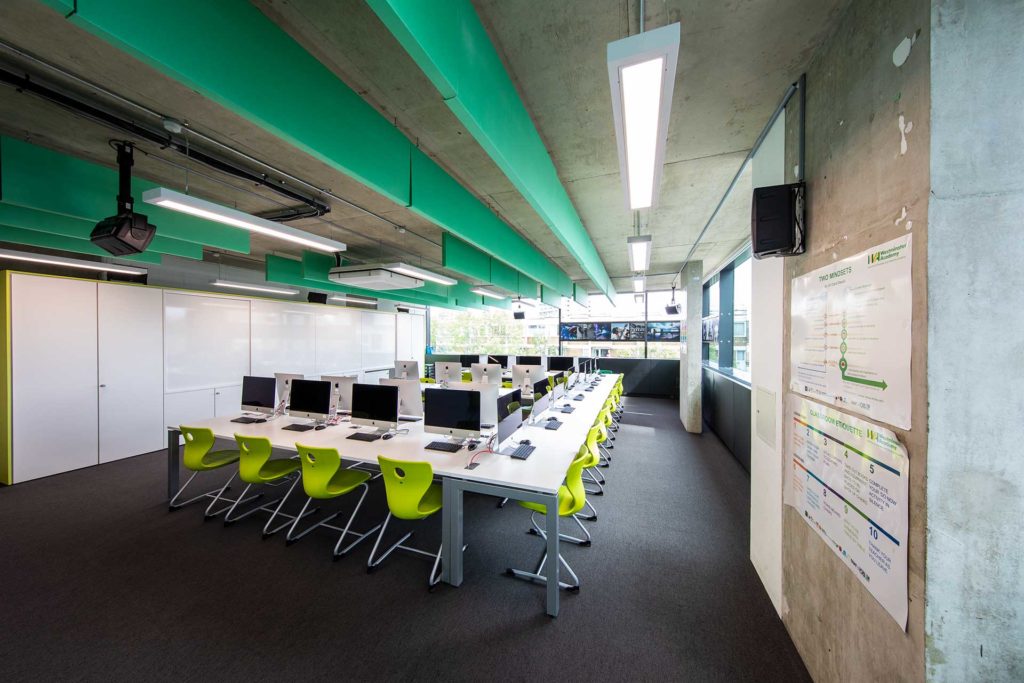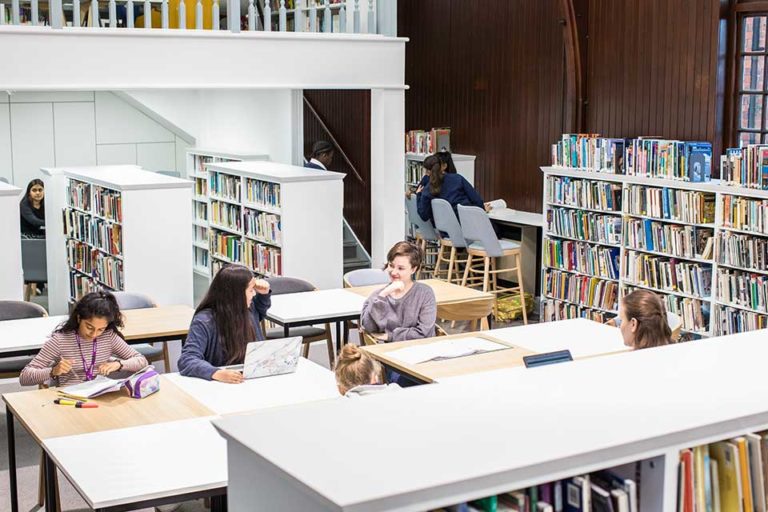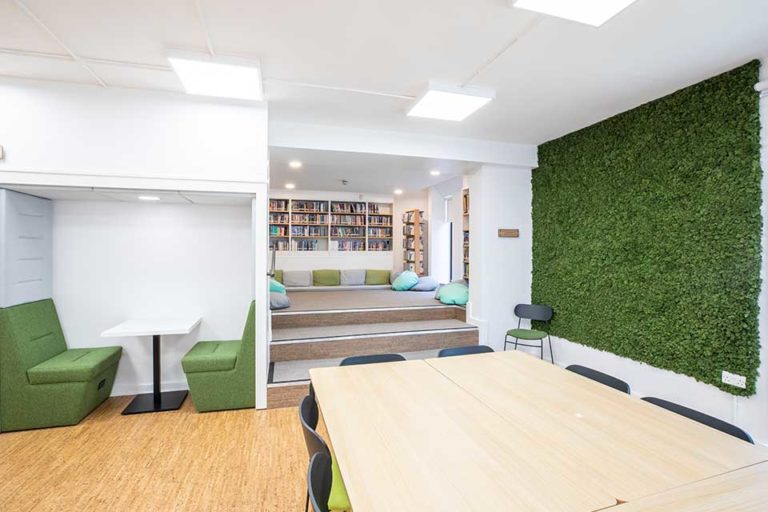Having the opportunity to redevelop and design a learning space is a gift. It’s an opportunity to perfectly mould any area or setting to fit your exact needs and specifications. But it can also be a daunting task. A lack of clear direction and vision can leave you with a space that just misses the mark, resulting in an area that quietly ticks a few boxes, but excels at none.
In this article, we highlight a few of the most important considerations for designing learning spaces for the 21st century and pick out a few essential design trends for the next academic year.
Don’t Be Bogged Down by tech. Aim for seamless integration.
It’s tempting to put the latest technology at the forefront of any design. And for 6 months you’ll be able to champion your school’s adoption of the latest kit. But before you know it, something bigger and better will come along, rendering your hardware old news. To guarantee longevity, it is useful to seamlessly and discreetly integrate technology into your new designs, allowing for effortless user interaction, but also easy upgrade, as and when the time arrives.
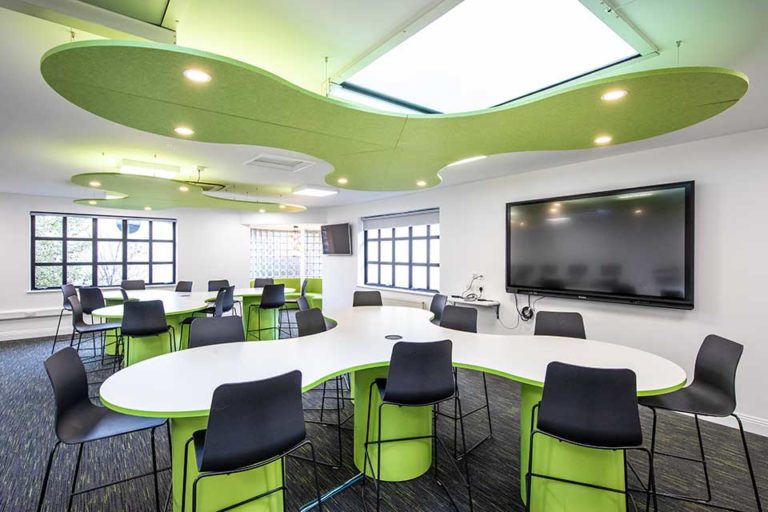
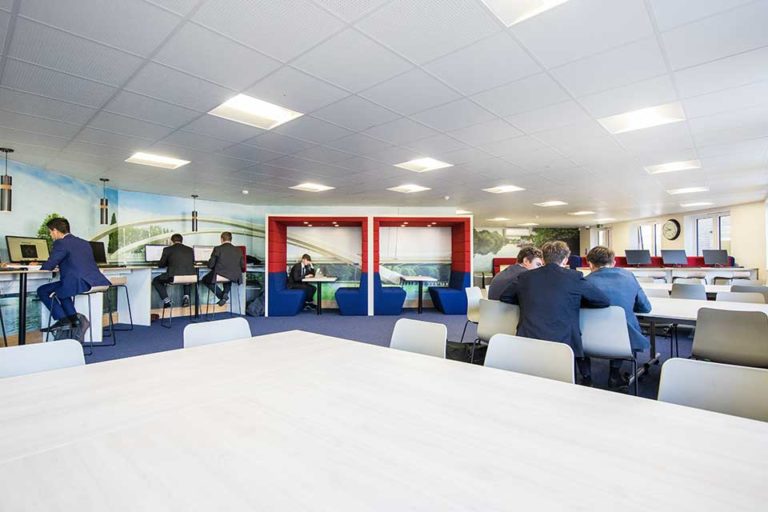
A major consideration for 21st-century school design is the adoption of online learning. We should fully expect students and staff to coexist in a hybrid environment, so our classrooms and resource centres should be designed to cater for this requirement.
The ways of integrating technology into the classroom are numerous, but the overall success rests on two major elements: compatibility and access. Above all else, students and staff must have uninterrupted access to the technology; and all devices, hardware, and software must be compatible with one another. Get this wrong and integration breaks down before it’s even got going.
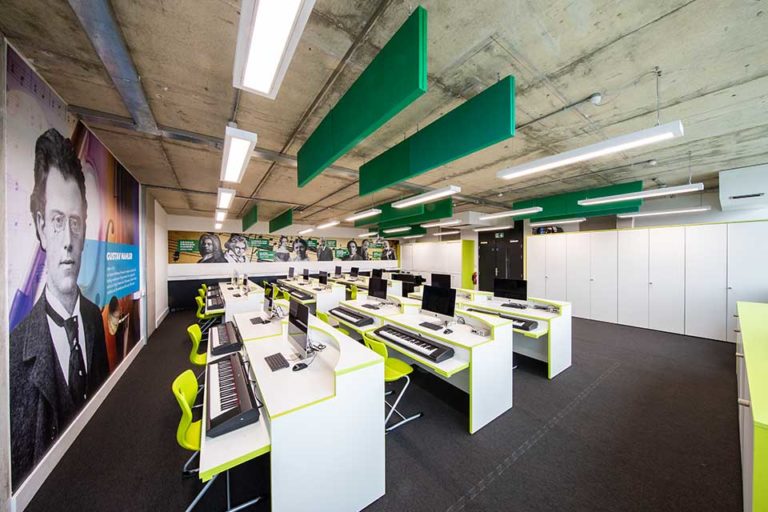
Flexibility is make or break for a space.
When flexible learning spaces are mentioned, people instantly assume that we are talking about multiple uses: a gym that can also double up as a lunch hall or a classroom that transform instantly into a drama studio, for example. And whilst this does certainly demonstrate some elements of flexibility, being truly versatile demands much more:
“A flexible learning environment is more than just the physical floor plan or furniture choices. Modern flexible learning environments also address other elements of the learning environment such as how students are grouped during learning and how time might be used more flexibly during the day.” (Lauren Mehrbach and Chris Beingessner, 2018)
“But we want you to go one step further, pushing the possibilities of flexible spaces to their limit. A great way to achieve this flexibility of spacing and to encourage the multi-use of spaces is to introduce ‘zoning’ into your school design. Rather than labelling individual rooms as classrooms, it can useful to re-frame these areas as zones. Even simply removing the ‘classroom’ label can prove to have dramatic implications on teachers and students vision for these spaces.
What does this mean for 21st-century school design?
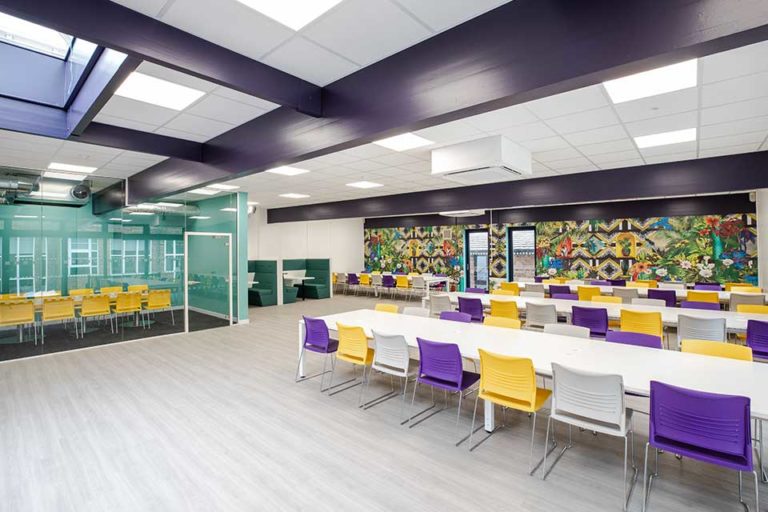
Although the landscape of school design may, on the surface at least, appear to be changing, what is certain is that good design will always win out. By carefully considering the needs and requirements of your setting, and by consulting with experts in design and implementation, you can create a long-lasting and inspirational space for everyone who matters the most.
Take a look at some examples of how Envoplan has mastered the flexible learning environment by visiting our case study page.
